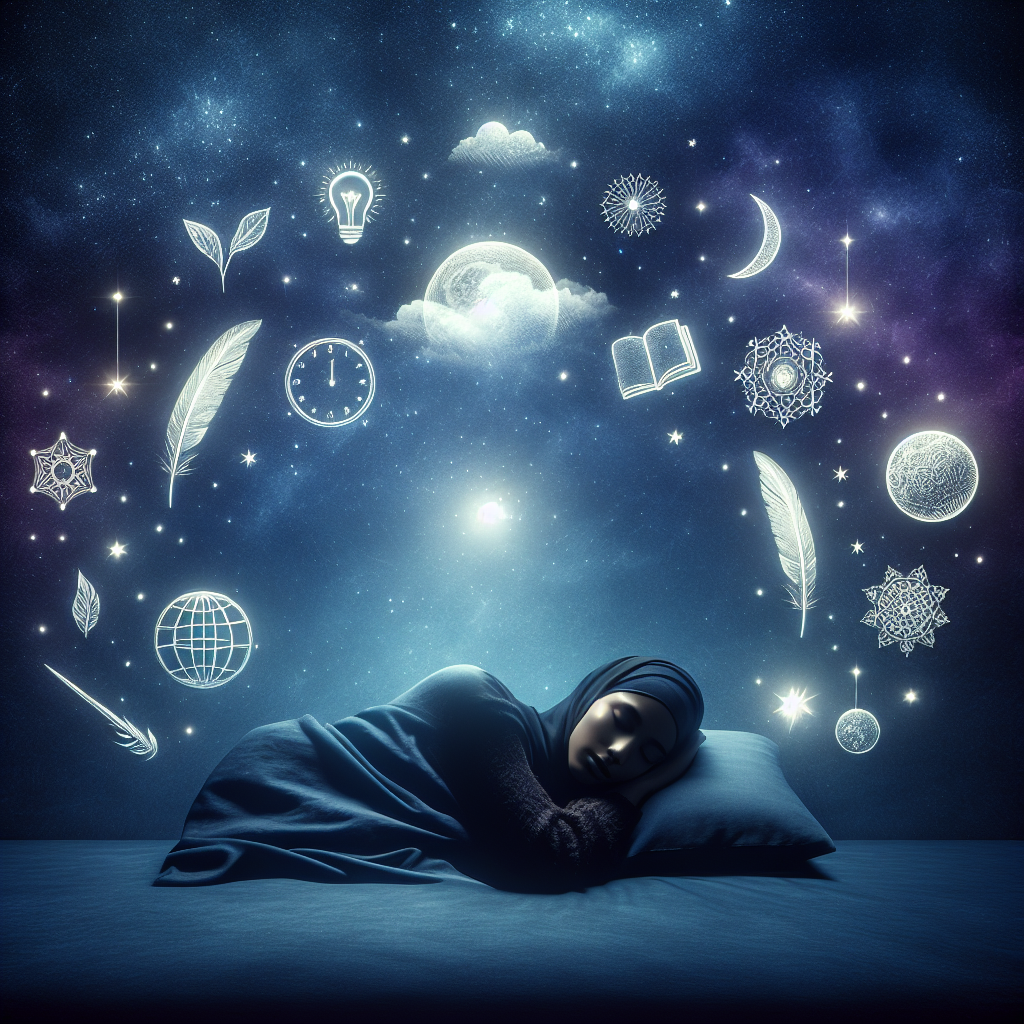The Science of Dream Interpretation: Decoding the Language of the Subconscious
Dreams have fascinated and puzzled humans for centuries, and the science of dream interpretation seeks to unlock the secrets hidden within the enigmatic world of the sleeping mind. The language of the subconscious, as revealed through dreams, provides a rich tapestry of symbolism, emotions, and experiences that can offer valuable insights into our innermost thoughts and feelings.
One approach to decoding the language of the subconscious involves analyzing the symbolism present in dreams. For example, common symbols such as flying, falling, or being chased can represent underlying emotions or desires. By understanding the personal significance of these symbols to the dreamer, a deeper understanding of their inner world can be gained.
Furthermore, the process of dream interpretation often involves exploring the emotions experienced during the dream. Emotions are a powerful catalyst for understanding the subconscious mind, and identifying the feelings evoked by a dream can provide crucial clues to its meaning. Whether it’s fear, joy, sadness, or uncertainty, the emotional landscape of dreams can offer valuable insights into the dreamer’s psychological state.
Additionally, the science of dream interpretation recognizes the role of personal experiences and memories in shaping the content of dreams. Dream analysts often encourage individuals to reflect on their daily experiences and examine how these may have influenced the imagery and narratives that unfold during sleep. By recognizing the connections between waking life and dream content, individuals can gain a deeper appreciation for the ways in which their subconscious processes and communicates information.
In conclusion, the science of dream interpretation offers a multifaceted approach to decoding the language of the subconscious. By exploring the symbolism, emotions, and personal experiences present in dreams, individuals can gain valuable insights into their innermost thoughts and feelings. Through this process, the mysteries of the sleeping mind begin to unfold, offering a deeper understanding of the human psyche.
Lucid Dreaming: Harnessing the Power of Conscious Awareness in the Dream State
Lucid dreaming, a fascinating phenomenon in the study of dreams, offers a unique window into the mysteries of the sleeping mind. Unlike regular dreams where the dreamer is passive and unaware, lucid dreaming involves the dreamer becoming aware that they are in a dream state while the dream is still ongoing, allowing for a heightened sense of consciousness and control within the dream environment. This state of conscious awareness during dreaming provides a rich platform for exploring the potential of the human mind.
One of the key aspects of lucid dreaming is the ability to actively participate in and even manipulate the dream scenario. People who practice lucid dreaming can develop techniques to influence the dream narrative, interact with dream characters, and even experiment with the dream environment. This level of control and awareness opens up a world of possibilities for self-discovery, emotional healing, and creative exploration.
Scientists and researchers are increasingly intrigued by the potential applications of lucid dreaming, not only as a tool for psychological study but also as a means of harnessing the power of the mind during sleep. It has been suggested that lucid dreaming may have therapeutic benefits, such as helping individuals overcome nightmares, confront fears, and gain insights into their subconscious. Furthermore, the practice of lucid dreaming has also been associated with improved problem-solving abilities and enhanced creativity.
In essence, lucid dreaming represents a fusion of consciousness and the dream world, presenting a realm where the boundaries of reality can be explored and expanded. As we continue to unlock the secrets of dreams, the phenomenon of lucid dreaming stands as a testament to the extraordinary capabilities of the sleeping mind.
The Neurobiology of Dreams: Unraveling the Origins of Nighttime Imagery
Exploring the mysteries of the sleeping mind involves delving into the complex realm of dreams, a subject that has fascinated humanity for centuries. The neurobiology of dreams, in particular, is a fascinating area of study that seeks to unravel the origins of nighttime imagery. Dreams have long been a source of wonder and speculation, with cultures around the world imbuing them with deep significance and seeking to interpret their messages. In recent years, scientific research has shed light on the neurological processes underlying dreams, offering new insights into this enigmatic aspect of human experience.
Studies have shown that during the rapid eye movement (REM) stage of sleep, the brain becomes highly active, resembling the patterns observed during wakefulness. This heightened neural activity is believed to contribute to the vivid and often surreal nature of dreams. Furthermore, advances in neuroimaging techniques have allowed researchers to identify specific brain regions associated with dream generation, such as the amygdala and hippocampus, which are implicated in processing emotions and memories. These findings suggest that dreams may be linked to the consolidation of emotional experiences and the encoding of long-term memories.
Moreover, the role of neurotransmitters, such as serotonin and dopamine, in regulating sleep and dream states has been a focus of investigation. These chemical messengers exert profound effects on mood, cognition, and perception, influencing the content and emotional tone of dreams. Additionally, the intricate interplay between various brain regions involved in visual processing, spatial navigation, and narrative construction contributes to the rich tapestry of dream imagery.
By unraveling the neurobiological underpinnings of dreams, researchers are not only deepening our understanding of the sleeping mind but also gaining valuable insights into consciousness, creativity, and mental health. The exploration of dreams from a neuroscientific perspective promises to unlock a wealth of secrets hidden within the enigmatic realm of the human psyche.
